If you don’t already know this by now then here it is, I am in love with Iceland. I have already been there multiple times and we are always planning to go back again multiple times because no matter how many times you travel there, you always never see it all and there is always more to explore and take in.
The first time I went to Iceland, it was on a whim. I had never been anywhere besides getting on a plane from Mumbai to landing in Boston so I decided to sign up for this workshop in Iceland because I had seen a picture of this abandoned plane site and it looked freakin awesome. I signed up, booked my trip and had no idea what to expect. I had never even heard of anyone going to Iceland on a vacation and didn’t know anything about the country in itself. The first time I went there, I did without any planning but the second I decided to do my research, I joined a bunch of Facebook travel groups, I googled a ton to plan my itinerary and I researched the shit out of everything and came up with all the things I am about to share with you. Since I have been there already, I always get people asking me questions about traveling there and various aspects of it, so here goes it and it might go LONG!!
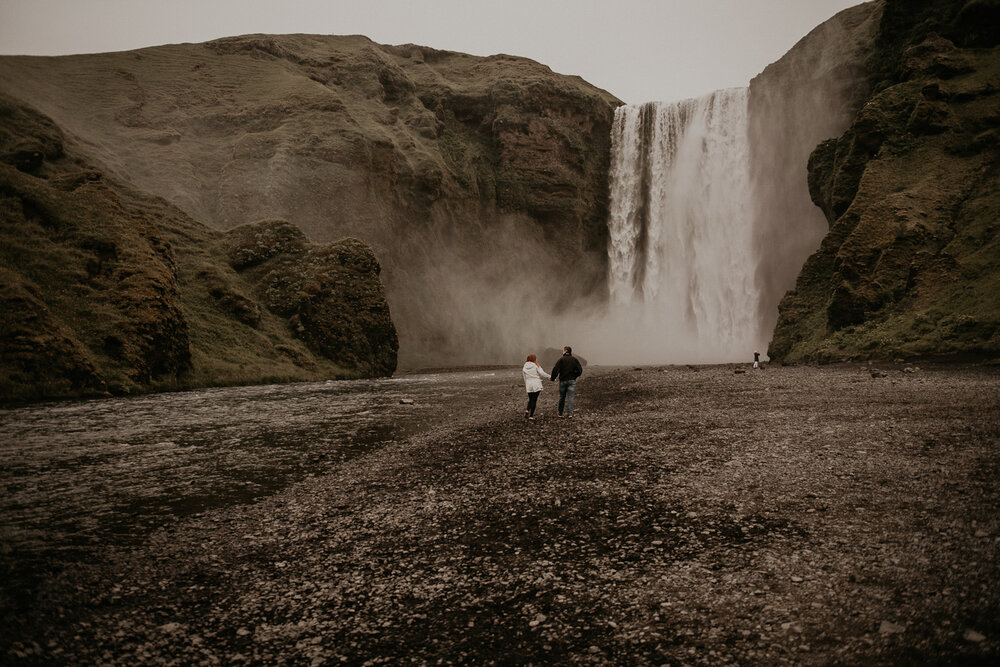
Beginner’s Guide to travel Iceland
You can travel Iceland in two ways. Stay in hotels/airbnbs and book tours or you can get a camper and travel at your own leisure and just take in everything. But if you are the kind of people that love a bit of adventure, I highly recommend the camping route and off road it. I promise you it will be the most amazing experience of your life.
When to go?
You can plan a trip in any of the months but remember that September and October have the highest rainfall. The winds can be really harsh and most of the days it’s cloudy and it rains. It starts snow in September-ish but the last time we were there in October, there was no snow yet in the South. In the months of June to August, you will get all of that except the snow. It is also when you will see the midnight Sun and there will be no darkness. In my opinion, the best month to visit Iceland is in July and because it doesn’t get dark you literally do loose the track of time and end up adventuring till 4 AM. But it will also be tourist season then so keep in mind that hotels/car rentals and things like that will be more expensive than it would be in off season.
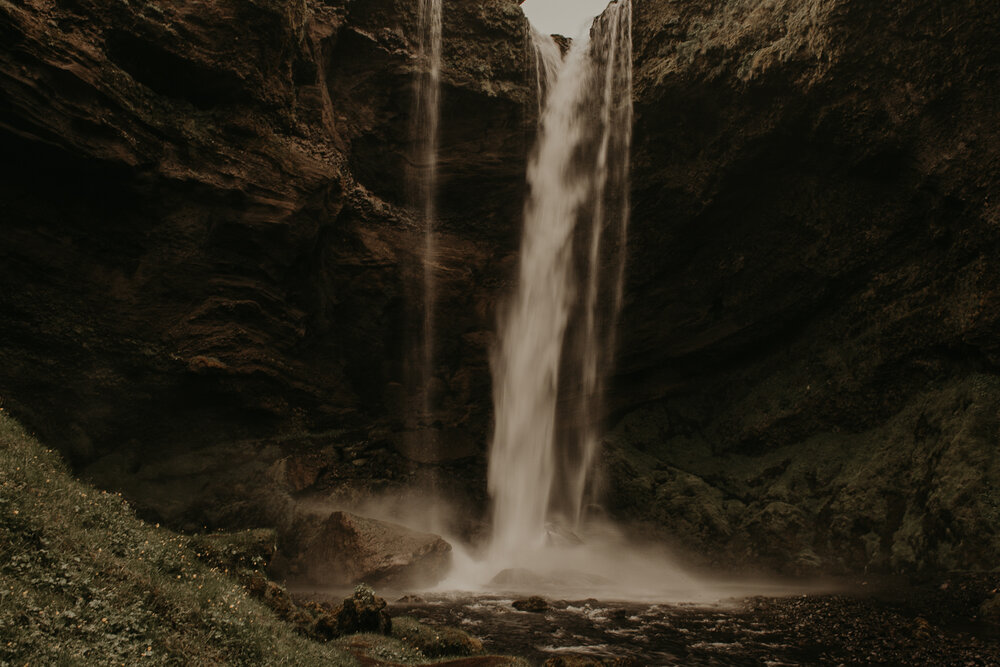
What to wear & pack?:
Even if the weather says it will be warm, bring layers. The weather in Iceland is pretty unpredictable. On my first trip, I made a mistake of not knowing this information and packing for summer. Guess what?! I ended up spending so much money there to buy some warm clothes. It could be nice and sunny in the morning and you will feel warm while hiking somewhere but it could get super cold at night! So pack everything. If you would like my packing checklist, you can download it here 🙂 Make sure to pack waterproof clothing and appropriate hiking shoes even if you think you will be in the car most of the time, you will still be hiking a little to get to good places. Here is my recommendation for amazing waterproof shoes.
Sunrise & Sunset times:
Like I mentioned, about June – August are the months where the sun only sets for two hours but it doesn’t get “night time” dark. It goes dusk like for couple hours and bright again. So you would be out doing things till 1 AM, taking photos because there is still light and you won’t even realize it. Winter months are however when there is light only for maybe four hours. Here is a website where you can check the sunrise and sunset times for the months you are planning your travel and another article I found on the length of days.
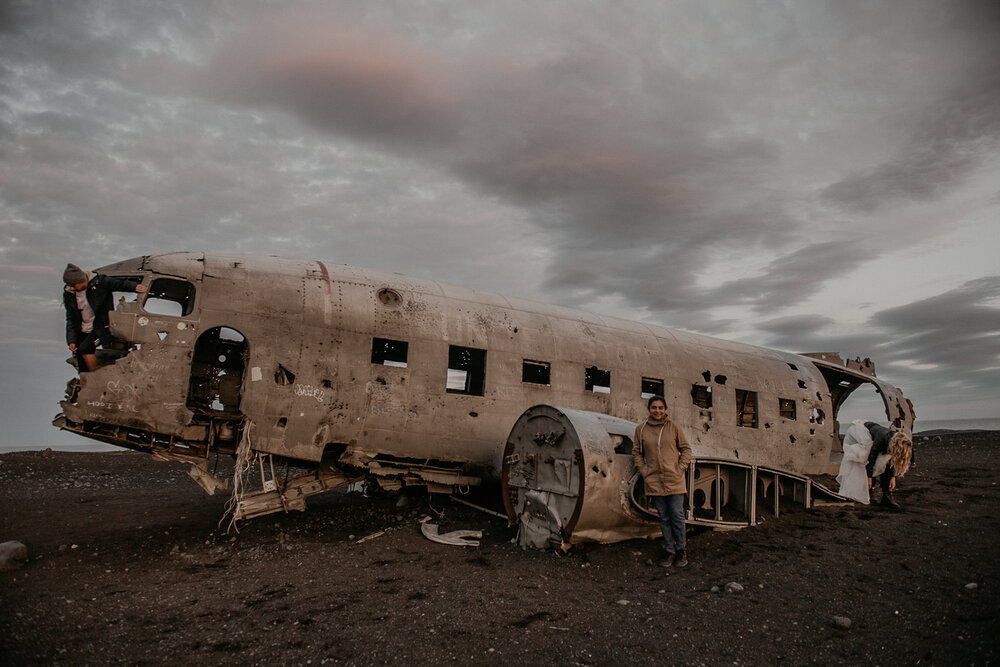
Flying:
The main airport you will fly into is Keflavik International airport (KEF airport) which is Iceland’s main hub for International flights. There are cheap direct flights from a lot of cities in the States into KEF with Iceland Air being one of the cheapest. If you are not opposed to budget flights, I recommend this. You will have to pay for the extras like luggage and stuff but if you are going with your partner or family, you can just pack light and maybe just take one suitcase.
My favorite way to book flights is through the app Hopper. If you don’t know what hopper is and don’t have then you need to. You can start looking for flights few months in advance and it will keep a watch on them for you. Whenever the flights are about to go up in price, it will send you a notification so you can book it then. If you look for a flight on there, it will tell you if you should wait or Book now. If it predicts, a price deduction, it will ask you to wait.
The only downside to the app is that, because it wants to give you the best deal and cheapest flight, they may not always be the fastest or the most convenient. My flight to Iceland the first time had a 12 hour layover in Boston. But it also depends on where you are flying out of. There are direct flights out of Boston, Seattle, New York and other major cities which are a tad bit cheaper but because I live in Atlanta and even though we have one of the biggest airport, we still can’t seem to get any flights to directly land here. Annoying!
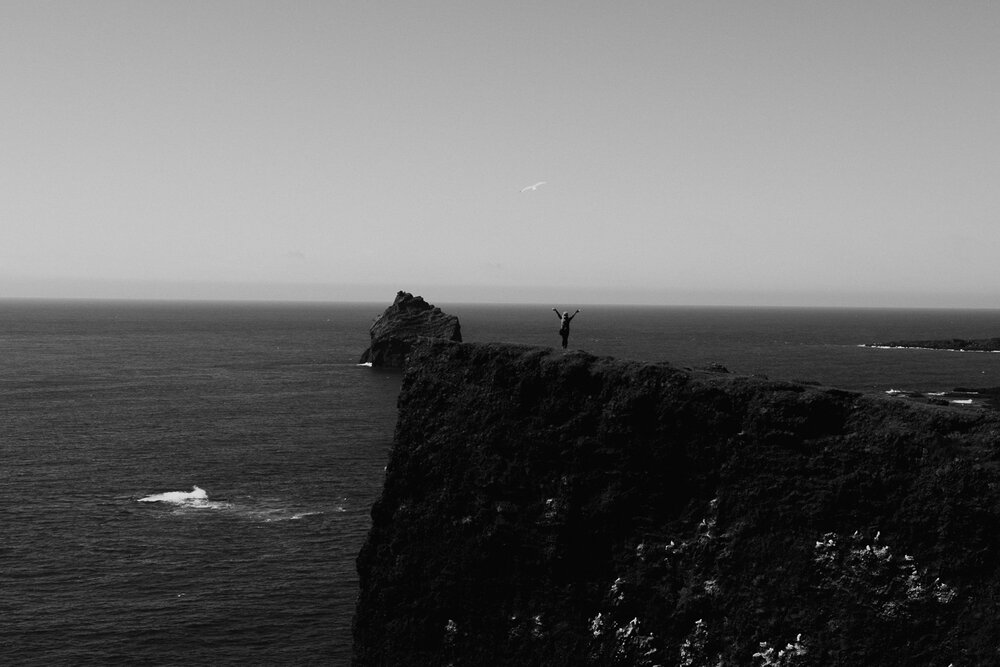
Budget:
One of the most asked questions in my Iceland group is how much money should we budget. This all depends on your as well. Keep in mind that most of the things in Iceland are a tad pricy. To keep the food costs low, you might consider going to a grocery store and buying some groceries before hand so you don’t have to eat out every day. But here is a run-down on some of the most incurred travel expenses.
Airlines: $300 and up
Car rental: $50 — $200 per day for Automatic Transmission
Food at a restaurant: $15 — $$$ depending on how fancy you want to eat.
Diesel: Around $70 to fill up.
Groceries: Around $100 per week
Gas station snacks : $5 — $20
Gifts and souvenirs are anywhere from $20 — $200 (this is where we ended up spending a lot of money)
Money:
Everywhere in Iceland takes cards so you don’t need to carry cash everywhere but it’s smart to carry some in case your card doesn’t work. My first time, I went to fill gas and tried to use my American card but it didn’t work so I had to get a gas card and refill it and get gas my entire trip. Also, if you plan on camping, it would be good to have cash to pay the campsites as well as to use their restrooms. If you plan on using your American card there, be sure to let your bank or card company know ahead of time so they don’t block it, thinking it was a fraud.
Pro-tip: If you use your card everywhere, know that depending on your bank, they will charge you a conversion tax on every transaction you charge on it. The conversion charges maybe small but believe me it adds up.
Food:
Overall food is expensive, and even though food is expensive at restaurants, there isn’t any tax on it and tipping isn’t a thing. Be sure to stop at a grocery store when you land so you can stock up on some snacks and don’t have to stop several times to eat as that can get expensive as well. For the road trip, I would recommend keeping a stock of snacks & Skyr yogurt and some of the local pieces of bread. Pack a travel coffee mug and you can fill it up at the hotel. You can drink water in Iceland from the tap. Get your water bottles and you are good to go. You will find good food in restaurants and a lot of vegan and vegetarian options as well. The restaurants are open till 9 pm but the bar is open until 11pm. A lot of people eat at Gas stations which is open till 10pm. I did bring a ton of Ramen with me my first trip because I am a picky eater and didn’t know what to expect from food but I was super happy to find a subway and dunkin and other chains I could eat from (just no McDonalds there but oh well, that’s yucky anyways lol)
Pro-Tip: Purchase your liquor before leaving the airport as the grocery stores don’t sell alcohol and you can only buy it at certain licensed stores. The cocktails at bars are around $15. Some gas stations provide it but not to take away, although you can have it there.
Tours:
If you plan on doing tours, it is advisable to book them ahead of time. The Whale Watching tour will take 3 hours to and fro, so plan that out accordingly.
Here are few recommendations for some fun Iceland tours and experiences:
-
Ice Explorer Ice Cave adventure exploring the wonders of Vatnajökull Glacier
-
Silfra Snorkeling Snorkel between the American and European Continental Plates
Northern Lights:
Northern Lights AKA Aurora Borealis cannot be seen at all times of the year. The Sky has to be dark and pollution fee. And since there isn’t one spot you can see them, a lot of people don’t advise you to book a Northern Lights Tour. They are mostly visible after after September since that’s when the sun starts setting all the way. If you have a rental car, you can go chasing them. You can use www.vedur.is for the aurora forecast and the white part on the map will display northern lights. They are mostly visible between 11PM to 2 AM in dark & cloud free areas. There is no magic button to them, so don’t ask your hotel to turn them on and if you don’t see them, that’s all right too. Just another excuse for you to come back to this beautiful place.
Rental Cars:
Do I need it? Abso-freakin-lutely. It is highly advisable to rent a car for your trip because it gives you freedom to explore places on your own without being on a tour. I am not a tour kind of person at all, being at a certain place at a certain time with a group of people I don’t know gives me anxiety lol so I prefer to do the traveling and sight-seeing and everything else in my own anxiety free way. Also, if you don’t get a rental, you will have to end up taking a taxi from the airport to wherever you are going and that can get expensive since the airport is about 45 mins from Reykjavik. Plus the tours are super expensive and it can add up if you try to do them all.
Where do I rent them from? There are several car rental companies just outside the airport and are fairly easy to get to via a rental shuttle that comes and picks you outside your terminal and takes you to the car rental place. Sixt and EuRopcar are some I have used in the past and had a great experience. Like I said earlier, you can also do the whole camper experience. The company we rented from is called Happy Campers and they were delightful. Here is where you can read more about our camper van travels.
The car rentals do not provide insurance for 3 things: 1. Damage to Chassis 2. Damages while river-crossing 3. Damage to the door with heavy wind. So do not stand with the car door open else the wind can really break it. Yes, it is hard to believe but it’s that high in speed. So be sure to always keep your hand on your car door, driving on gravel and do not cross a river. Be sure to get gravel insurance as there is sometimes gravel on roads and it can cause damage.
What kind of car should I get? If you are just driving on paved roads you don’t need a 4×4. I suggest getting a compact car as it will be cheaper and there are single lane roads all over the country and if you are like me, it would be super helpful to have a smaller car. But know that you are not allowed to drive on F – roads without a 4×4. F roads are unpaved roads with rocks and lots of holes and may even require you to cross rivers and will be clearly marked. Most rentals will not allow you to take the car on F roads and be careful. Driving on those without a 4×4 can be super dangerous. There are also normal gravel roads that are not F roads which your 2 wheeler can drive on. Most of the road conditions are pretty manageable and if they are not the time, they will be marked closed.
Pro-tip: Most of the cars there are Manual so make sure to check the type of rental you are getting. You would need to book these in advance since there are only certain number of Automatic vehicles the companies may have. The Automatics are also almost double the price of the manual rentals.
Getting gas: There are plenty of gas stations everywhere in Iceland but it is advisable and convenient to keep your tank full always. Also if you select a full tank option at the station, the pump will fill the required volume and will refund the remaining amount in 3 to 4 days. A full tank option costs about $70 — $80. Most little towns have gas stations that double as cafe’s and coffee stops and you will also see free standing pumps without a shop / store in many places. Those take cards only, so make sure you either have a gas card or a credit / debit card that has a PIN on it. (Some pumps take a security deposit from your card when you hit ‘fill tank’ that may take a few days to drop off your card, so if you want to avoid that you can buy a pre-paid gas card from within the gas stations to have on you.) If you plan on traveling the ring road at night or in more desolate areas then be sure to buy a gas card.
Wifi Access: The American cellphone coverage is pretty spotty there so you can either get a local Icelandic SIM card with data or pay for international roaming but there is no guarantee you will have any network. Getting wifi in your car is totally up to you, you can download the map to work in offline mode but you won’t be able to get new routes. It is very useful when you have to navigate outside cities and if you are driving constantly to places. Even if you don’t have service, you can still put your phone on roaming and call their emergency number 112 if you get in trouble.
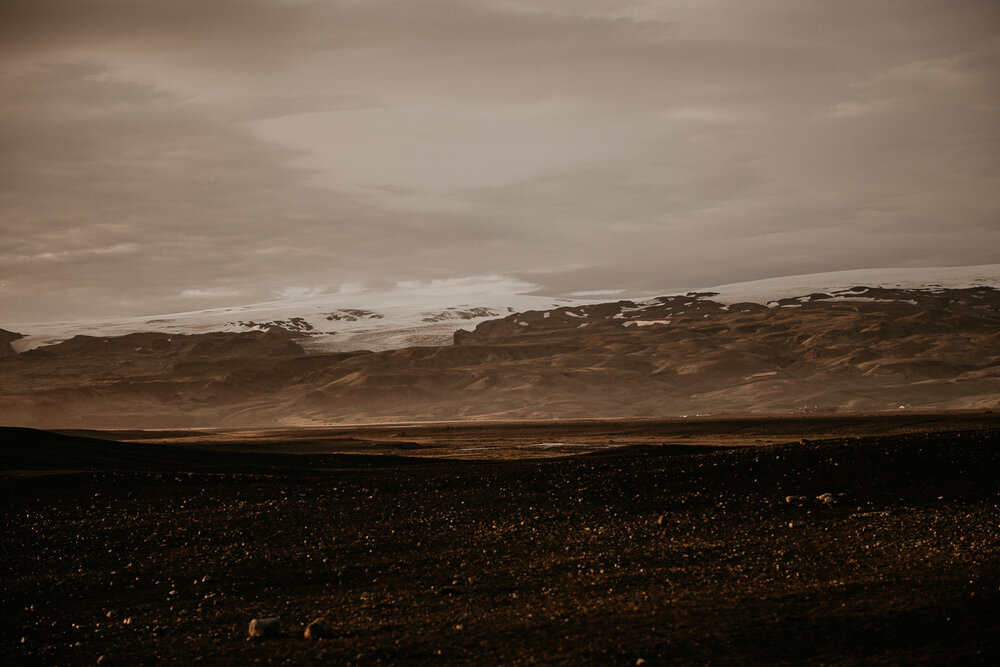
Driving in Iceland: It is super hard not to get distracted while driving in Iceland . Believe me every time I saw a sheep, it demanded all my attention but don’t do that (Don’t be this guy) because it is very dangerous as there are tons of single lane and narrow roads. Here are some driving tips:
While driving please keep in mind that the speed limit for Route 1 is 90kmph. If you need to go slower, move over and let the faster people pass. If you are entering or exiting a town be careful of the speeding blinkies. They are these speeding radars that will start flashing if you are over the speed limit.
Single Lane Bridges are very common in Iceland and the rule of thumb is the first one to arrive at the bridge is the one that passes.
Headlights must be on at all times no matter the weather or the time of the day.
If you are driving the roundabouts, the INSIDE LANE HAS THE RIGHT OF WAY. Use your turn signals, yield to the inside lane exiting, and if you need to go around more than one exit, stay on the inside and use your turn signal to exit. There are no turns on red, ever. U-Turns are allowed unless there is a sign specifying otherwise.
Unlike most places, there is no forewarning that a major site is up ahead as you travel the highways. There will literally only be a small sign right at the turn. It makes for a very dangerous situation as people slam on their brakes when they realize they are missing their turn. We did miss our turn at night to turn into Skogafoss and had to turn around again which is also not the safest because of how dark everything was.
All off-road driving is prohibited by law. Icelandic nature is extremely sensitive and off-road driving can leave a mark for decades to come. I have heard that the Moss can take several years to grow back so don’t park your car on it.
If you got a 4×4 and are crossing a river, do it at the marked crossing spot and in the morning as the water flow is usually less in the morning. The best way to cross a river is to follow the stream diagonally downwards.
Stop your cars where the signboard states and not anywhere on the road. It is dangerous as it is a single lane and can cause accidents and lives. The Govt. has placed signboards for beautiful viewpoints and have assigned parking as well. For the car parking at various spots, you will have to pay it digitally. Your number plate is scanned and even if you avoid paying it will be sent to your car rental company. The parking fee is 750 ISK in most places. There is free parking as well but it is always full especially in Reykjavik.
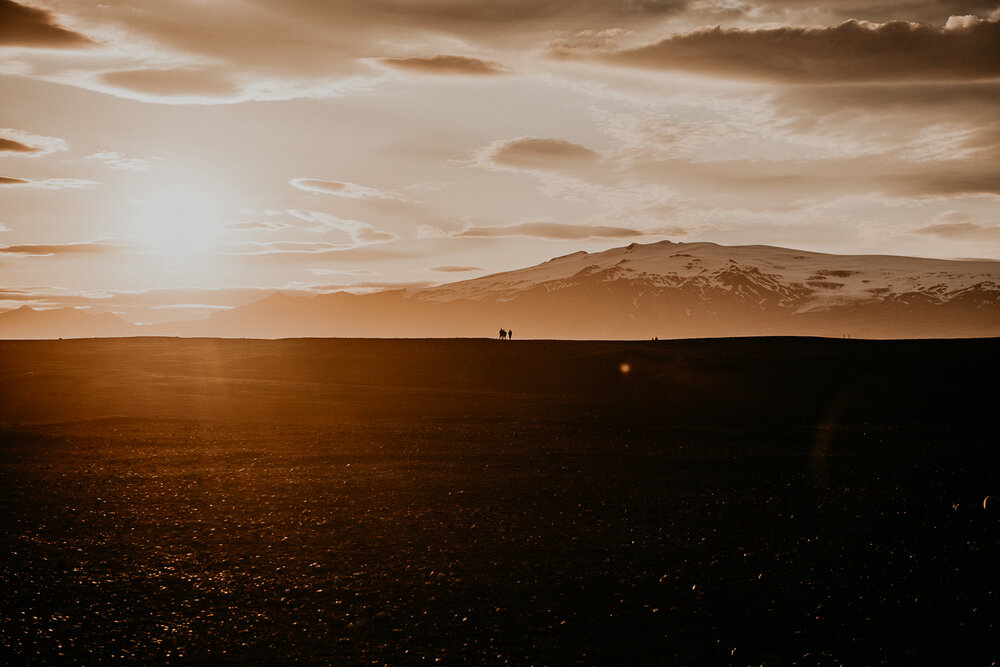
Iceland is a gorgeous country and a perfect background for photos. In the recent years, more and more people have started traveling there and it’s become a popular destination for all kinds of travel whether it be leisure or destination weddings. But when you travel to another country, it’s good to be respectful to the landscape as well as the people that live there because Icelandic people are seriously super nice and we don’t want to ruin the place they live in right? RIGHT! So it goes without saying that there are some Dos and Don’ts to this because a lot of tourists go there and lose their mind and end up in very dangerous situations.
First things first, let’s take the Icelandic Pledge. It has all the good information about how to be a responsible tourist and some of the things you shouldn’t do. Every scenery in Iceland is absolutely magnificent and if you are about to travel over there, it is because of all that nature. Therefore, it goes without saying, when checking our places and cliffs and waterfalls, be careful. Don’t hang on small ledges to take selfies. You don’t have to do it all for the “gram”. It is not worth putting yourself in danger as well as risking the lives of the rescuers.
If you see a sign on the road that says it’s impassable, it in-fact it. There are many reasons a road is marked impassable. It could be too icy to pass and very dangerous so don’t do it! If you see a rope closing off something, don’t cross it. There are several areas on the highways that has ropes covering the moss areas and I have seen people crossing them to take photos. Foot traffic ruins the flora and it can take them decades even to grow back so respect the Moss people. Same goes for crossing the ropes area at Seljalandfoss. It is not advisable to go too close to the fall, it could be wet and slippery and muddy that can make it easy for you to slide down.
The beaches in Iceland are very dangerous especially Reynisfjara Beach. People have died there because of how unpredictable the ocean is and because of the sneaker waves. So stay further away from water and do not turn your back to the ocean.
Off road driving is not okay and it is not okay to pitch a tent or camp anywhere on the road. Just because you see a track, don’t follow it and just because you see someone’s camper parked somewhere in the moss, don’t mean you should as well. Most of Iceland is someone’s property. If it doesn’t belong to the people then it belongs to the government, and several people park their campers at random places for hours. That is not allowed, do not trespass and do not shit on people’s property either. There are several campsites through out the Island for your camping needs as well as tons of restrooms everywhere. I even came across several portapotties in remote areas on the side of the highway on my most recent trip. Respect the local people’s property. We want them to let us keep going back there and enjoy their beautiful county.
Some additional tips that I have gathered from hours of research.
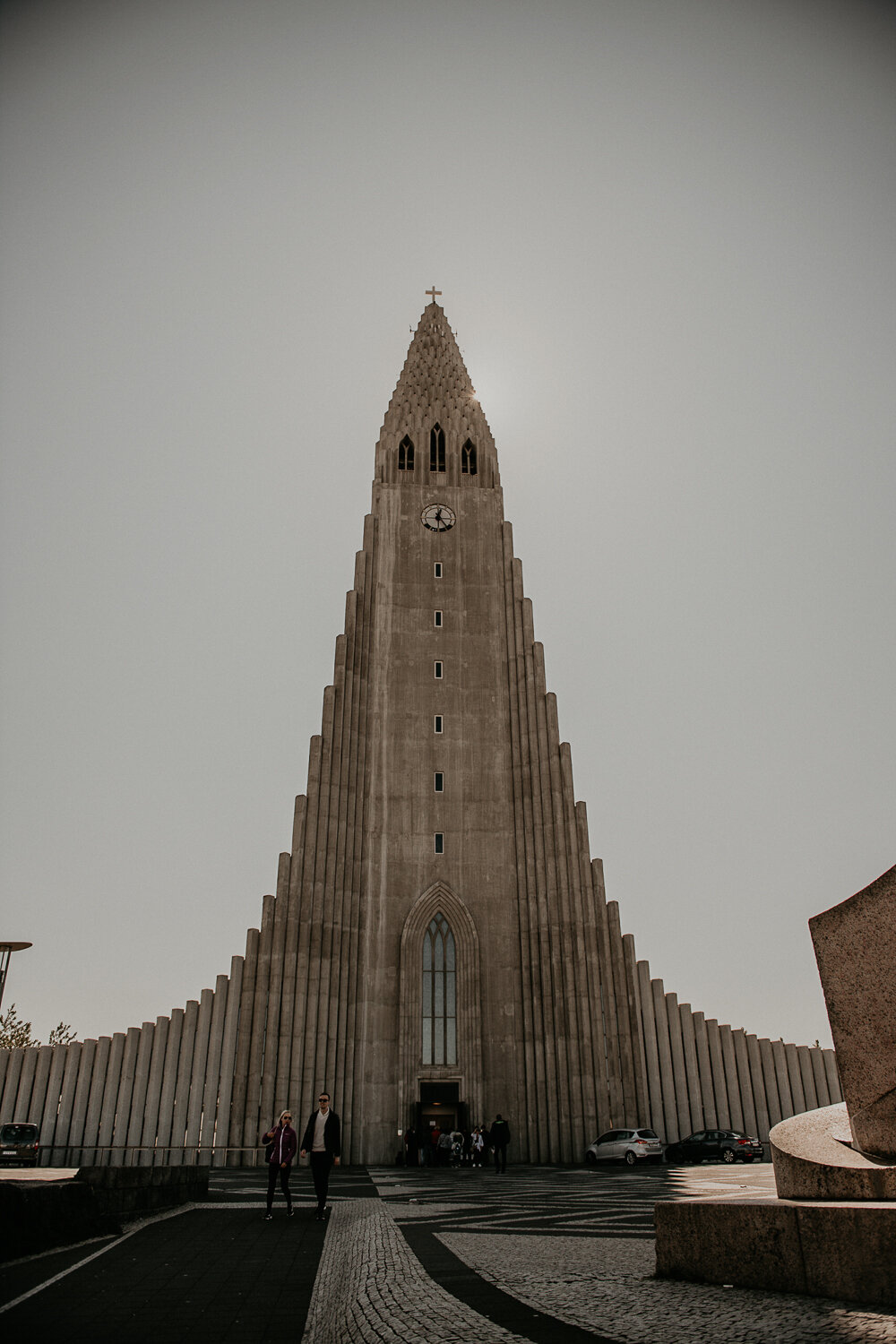
-
Pickup a rewards card at Ollies where you can get gas and snacks. Coffee is free with the rewards card and gas is discounted.
-
If you are a smoker, carry your own ash-tray as there are signboards which state that the Government has to shell 10 ISK for cleaning the cigarette butts.
-
You can climb up a set of stairs to see it from above of Skogafoss and watch it from above. Make sure to eat and have beer at the rosebud restaurant by the falls. Also be sure to carry cash if you need to use the restrooms by Skogafoss.
-
Debit cards will charge you even for the tinies amount spent, credit cards are kinder, some don’t charge at all. You need to contact your bank before traveling so you don’t incur a ton of foreign exchange fees. If you don’t feel comfortable using cards, you can get some currency exchanged at the KEF airport. Make sure to use up your change coins because the currency exchange does not accept coins if you plan on converting them back to your home currency.
-
If you get a travel health insurance, make sure to carry their forms for claim purpose just in case you end up needing them. You have to get each itemized bills for all hospitals work and signatures. Iceland university hospital is open 24 7. It’s called landspital. Also keep a list of urgent care and pharmacy.
-
DONT BUY BEER at Gas Stations or Convinience stores….those beers have just 2.25% and they even call them Piss Water. Buy at Dutyfree when you land or Vinbudin. You can check www.dutyfree.is before landing and go straight to your things.
-
You need to try Baejarins Beztu Pylsur. The world Famous Hot Dog stand in Reykjavik. www.bbp.is
-
Buy CRAMPONS! Mine were from Amazon and were like $12. Useful for walking on Ice.
-
Blue Lagoon is a tourist trap that you HAVE to do! It’s worth it!!!! And NO, you dont have to be naked in front of everyone if you dont want, there are doors and cubicles if you are shy, but you wont need it, its very comfortable process. You get free towel for comfort and robe for luxury package. You pay for all lockers. It’s also a great place to watch the Northern Lights. You need a minimum of 2 hours and a max. of 4 hours to spend at the lagoon. Take a shower before entering the lagoon and apply conditioner on your hair. You can go with your hair tied up as well. The water has Silica and it can really harden the hair. So conditioning is super important. Use spare glasses as silica in water can affect eyeglass protective coating.
-
Make sure you have enough available credit on your credit card…use Visa or MasterCard not Amex because Amex is not accepted everywhere.
-
Break in your shoes/hiking boots before you go. There are brands that don’t really need breaking in. Make sure your hiking boots are waterproof. My favorite are from the Australian brand Blundstones. They are truly magic.
-
Dress in Layers so you can play with it during the day. Iceland’s weather is pretty unpredictable and it might be sunny one minute and raining the next so it’s better to have multiple light layers.
-
The hot water smells like rotten eggs because of the volcanic land.
-
Glacial water in Iceland is truly amazing, whoever said water has no taste was lying.
-
All the non-Iceland residents are eligible for VAT refund on all the items purchased as long as your spent a minimum of 6000 ISK in shopping.The original purchase receipts must be attached to the tax free form and must be signed by the store clerk.
-
And the MOST IMPORTANT tip of all, bring tons of Kleenex because you are going to cry as you leave Iceland.
I hope this was useful to you and will help a great deal when trying to plan your own trip. If while on your trip, you need a photographer, please feel free to contact me.